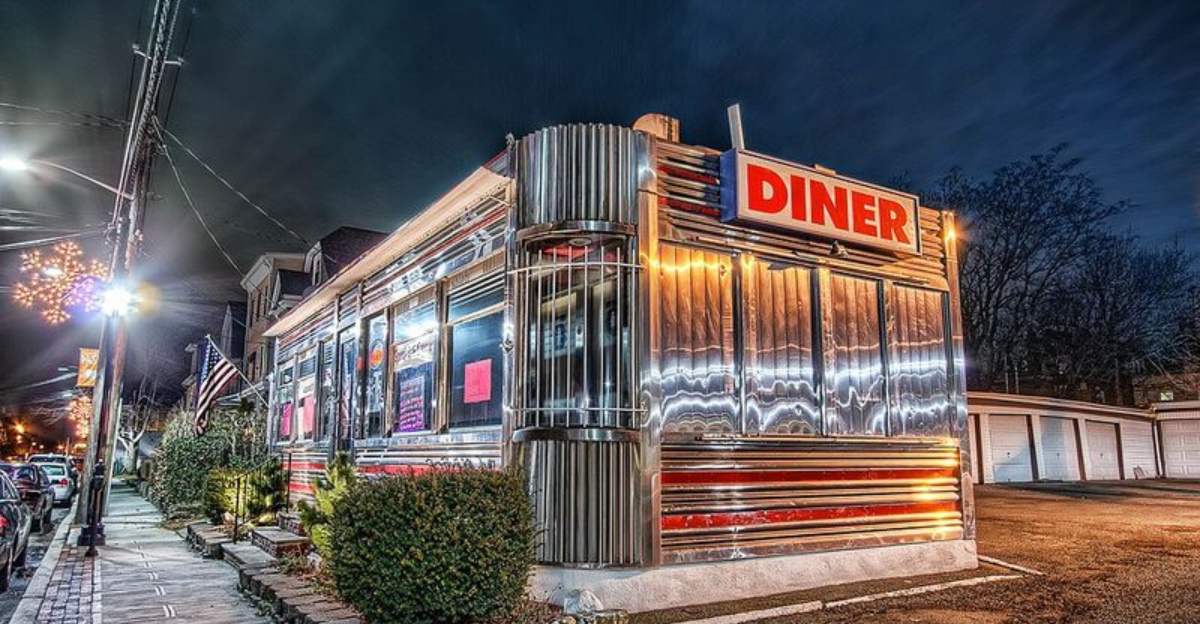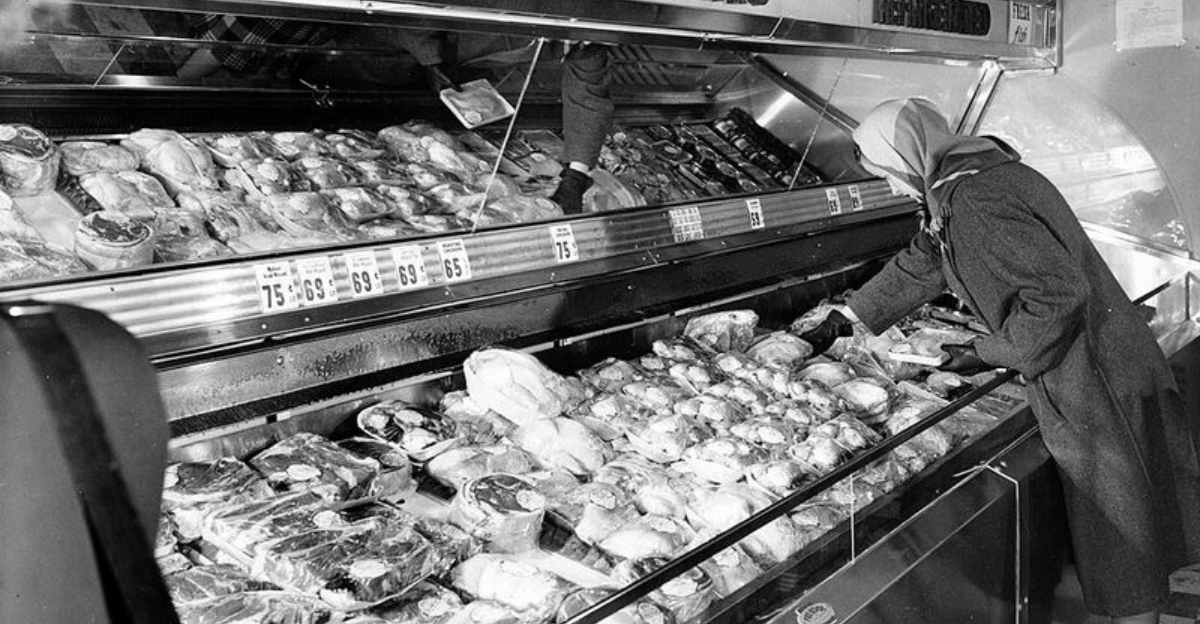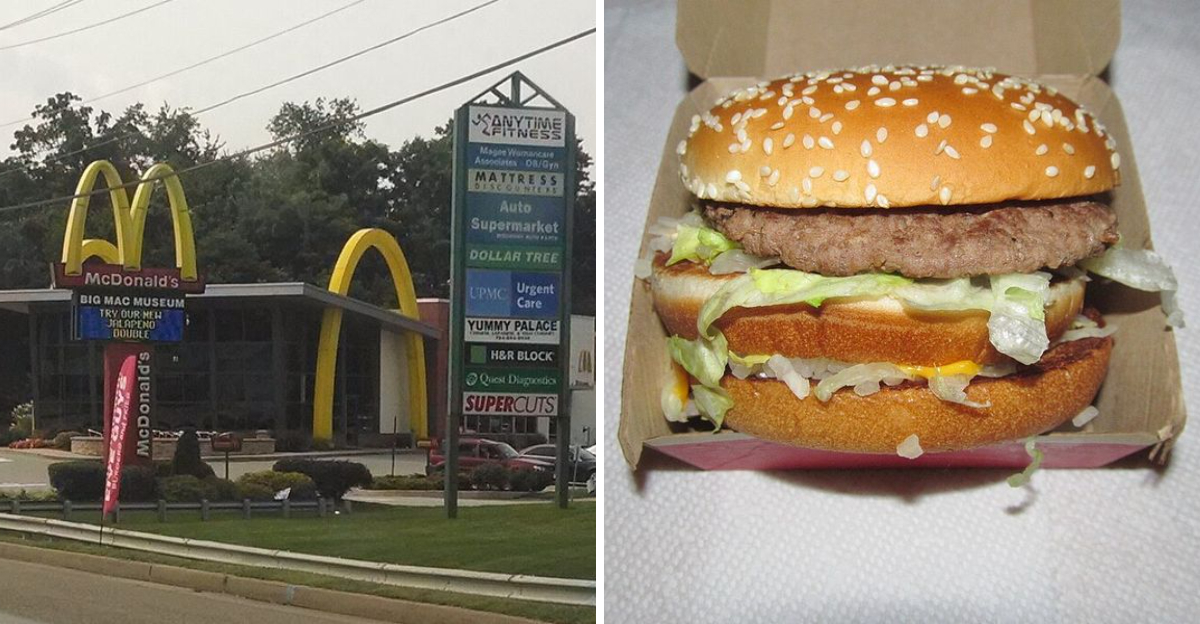13 Cars From The 1950s To ’80s That Were Too Innovative To Last
Automakers once treated the future like a playground, sketching chrome dreams that looked ready to lift off rather than roll out.
Between the 1950s and 80s, design studios smelled of motor oil, hot metal, and ambition as engineers built wild concept cars with fins, bubble domes, and engines that hummed like jet turbines.
Some ideas soared, others sputtered, but every experiment carried the thrill of tomorrow. Sometimes being too far ahead means the road runs out before the applause begins.
This article is intended for general informational and entertainment purposes only. All historical data, model years, and automotive references are based on publicly available sources, including manufacturer archives and verified automotive history publications. While every effort has been made to ensure factual accuracy, production figures, specifications, and timelines may vary by source. Readers are encouraged to consult official manufacturer or museum records for further details on these discontinued or limited-production vehicles.
1. Chevrolet Corvair (1960–1969) – Rear-Engine American Outlier
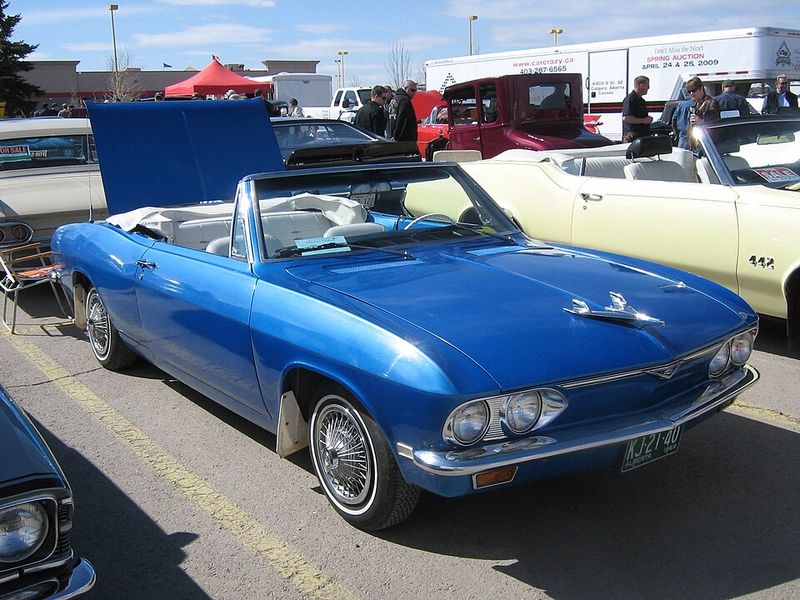
General Motors took a gamble when they put the engine in the back instead of the front. The Corvair handled differently than every other American car on the road, which made it feel foreign and unfamiliar to drivers used to traditional setups.
Ralph Nader’s book Unsafe at Any Speed hammered the Corvair’s handling quirks, and sales tanked faster than a lead balloon. Though later models fixed most issues, the damage was done and the car faded into history.
2. NSU Ro 80 (1967–1977) – Wankel-Powered Sedan

If you wanted to look like you were driving in the year 2000, the Ro 80 was your ride. Its smooth, wedge-shaped body and rotary engine made it feel like a spaceship compared to boxy sedans of the era.
However, that Wankel engine ate through apex seals like candy, leaving owners with expensive repair bills. NSU couldn’t shake the reliability issues, and the brand eventually disappeared, absorbed by Volkswagen.
3. Citroën SM (1970–1975) – Maserati-V6 GT With Hyper-Advanced Hydraulics
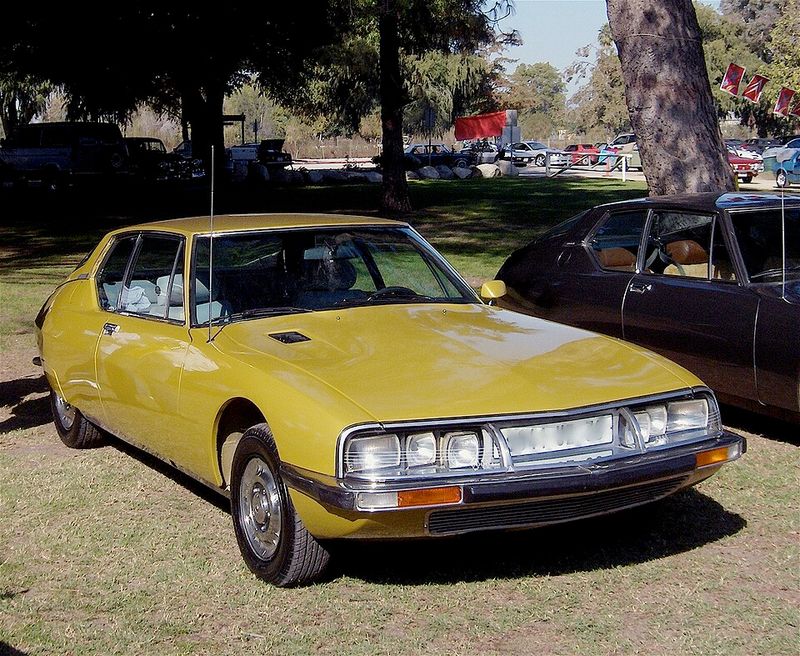
Picture a French luxury coupe with an Italian heart and self-leveling suspension that made potholes feel like whispers. The SM combined Maserati’s screaming V6 with Citroën’s famous hydraulic wizardry, creating a car that felt decades ahead.
Complexity became its Achilles’ heel. When something broke, mechanics needed a PhD just to diagnose it, and parts cost a fortune. The 1973 oil crisis delivered the final blow to this engineering marvel.
4. Bricklin SV-1 (1974–1975) – Safety-Obsessed Gullwing Sports Car

Malcolm Bricklin wanted to build the safest sports car ever, wrapping drivers in energy-absorbing bumpers and tubular steel frames. Those dramatic gullwing doors made every parking lot feel like a movie premiere.
Unfortunately, those same doors jammed in cold weather, and quality control was shakier than a cafeteria gelatin cup. Production lasted barely two years before the company went bankrupt, leaving behind only about 3,000 colorful survivors.
5. DeLorean DMC-12 (1981–1982) – Stainless-Steel Gullwings
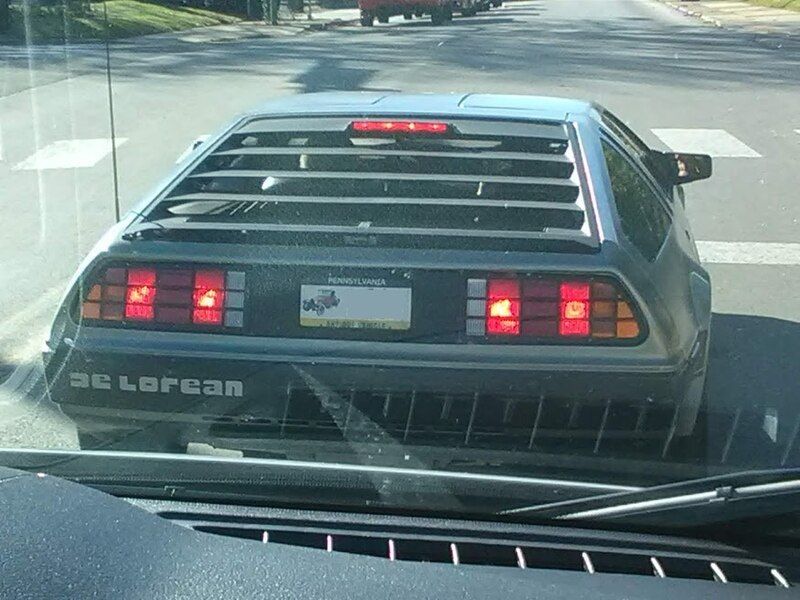
John DeLorean dreamed of building an ethical sports car with a body that would never rust. That unpainted stainless steel skin made the DMC-12 look like it belonged on Mars, not Main Street.
Sadly, the underpowered engine couldn’t match the car’s sci-fi looks, and production quality issues plagued early models. When DeLorean himself faced legal troubles, the company collapsed, producing fewer than 9,000 cars before Back to the Future made it legendary.
6. AMC Pacer (1975–1980) – Wide Small Car With Cab-Forward Ideas
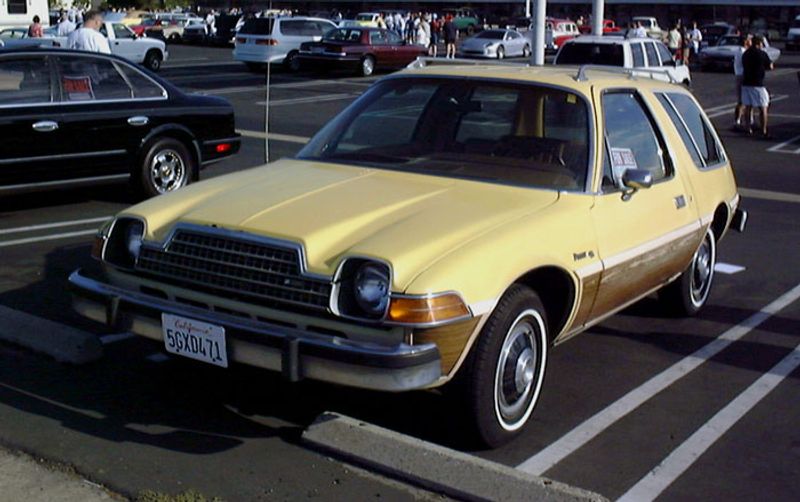
AMC designed the Pacer to be as wide as a full-size car but as short as a compact, creating a fishbowl on wheels with more glass than a greenhouse. The idea was to give passengers loads of room without wasting parking space.
Critics mocked its odd proportions, calling it everything from a jellybean to a rolling aquarium. Poor fuel economy during the gas crisis didn’t help, and the Pacer became a punchline instead of a revolution.
7. Citroën GS Birotor (1973–1975) – Rotary GS That Vanished Quickly
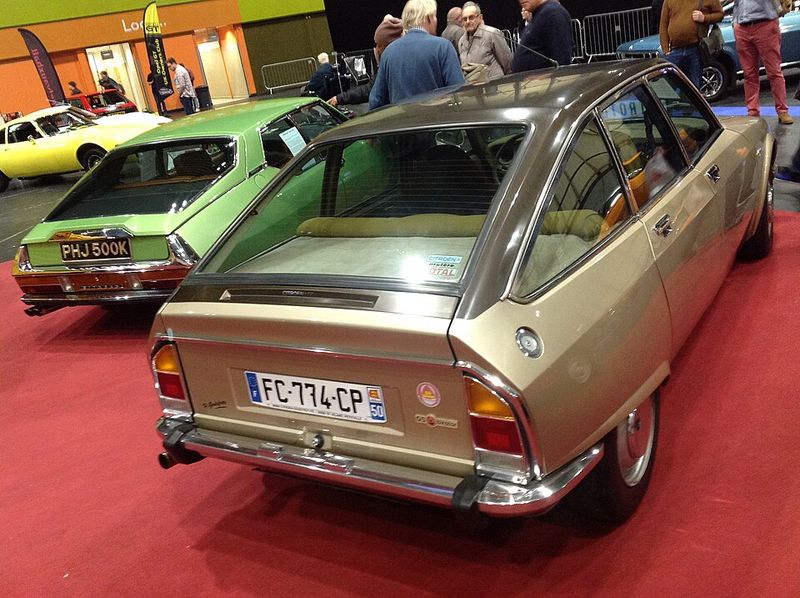
Citroën stuffed a twin-rotor Wankel engine into their popular GS, creating a smooth, powerful sedan that hummed like a jet turbine. For a brief moment, it felt like the future of compact cars had arrived.
Then reality hit: the rotary engine guzzled fuel during the worst possible time, right when oil prices skyrocketed. Citroën reportedly bought back and destroyed many Birotors to avoid warranty nightmares, making survivors incredibly rare today.
8. Chrysler Turbine Car (1963–1964) – Limited Turbine-Engine Pilot
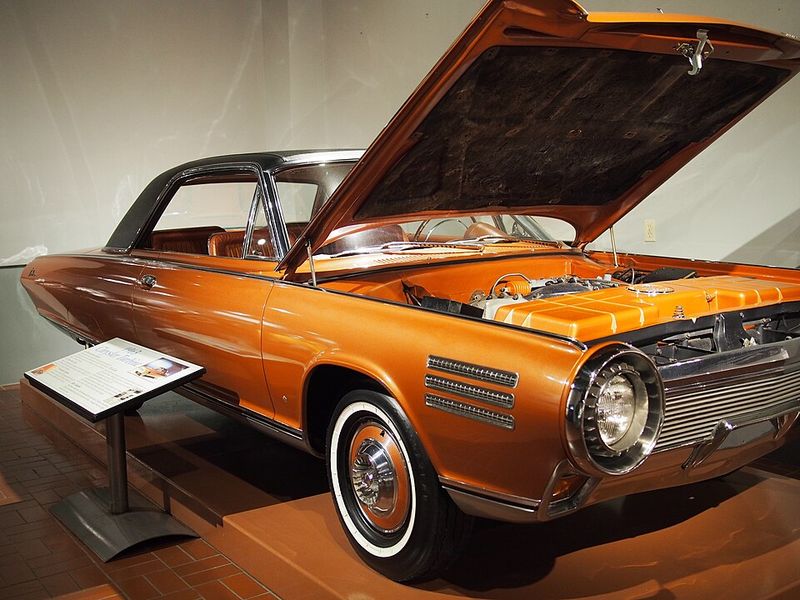
Imagine filling your car with anything from diesel to perfume and still driving away. Chrysler’s turbine engine could burn almost any liquid fuel, and it had fewer moving parts than a regular engine, promising incredible reliability.
However, the turbine screamed like a vacuum cleaner, got terrible fuel economy, and cost a fortune to manufacture. After loaning 50 cars to families for testing, Chrysler scrapped most of them, ending the jet-age dream.
9. Mazda Cosmo Sport (1967–1972) – Early Rotary Sports Car

Mazda bet the entire company on the Wankel rotary engine, and the Cosmo Sport was their first brave experiment. With its space-age curves and silky-smooth powerplant, it looked and felt like nothing else on Japanese roads.
Though beautiful and innovative, the Cosmo suffered from the same seal-eating problems that haunted all early rotaries. Production stayed limited, making it more of a proof-of-concept than a commercial success.
10. Volkswagen K70 (1970–1975) – NSU-Derived FWD Sedan That Struggled
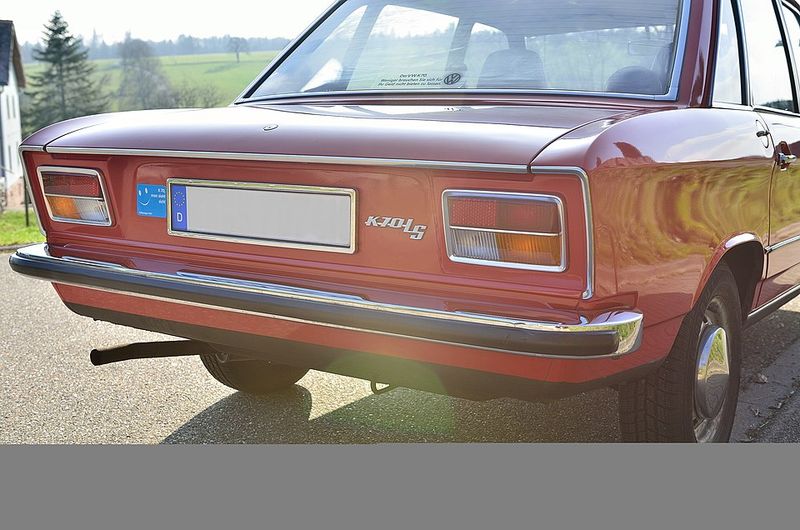
When VW absorbed NSU, they inherited the K70, a front-wheel-drive sedan with a water-cooled engine. This was heresy for a company famous for air-cooled, rear-engine Beetles.
VW customers didn’t know what to make of this NSU refugee wearing a VW badge. It felt too expensive, too different, and too unfamiliar, leading to disappointing sales and a quick exit from the lineup.
11. BMW Z1 (1989–1991) – Drop-Down Doors, Short Run

BMW engineers went wild with the Z1, creating doors that slid down into the body like elevator panels. You could drive with the doors down, feeling the wind while still protected by the car’s structure.
Those trick doors added weight and complexity, and the Z1’s high price kept it exclusive. BMW built fewer than 9,000, making it a cult classic rather than a sales champion.
12. Subaru XT / XT6 (1985–1991) – Aero Wedge With Aircraft-Style Cockpit
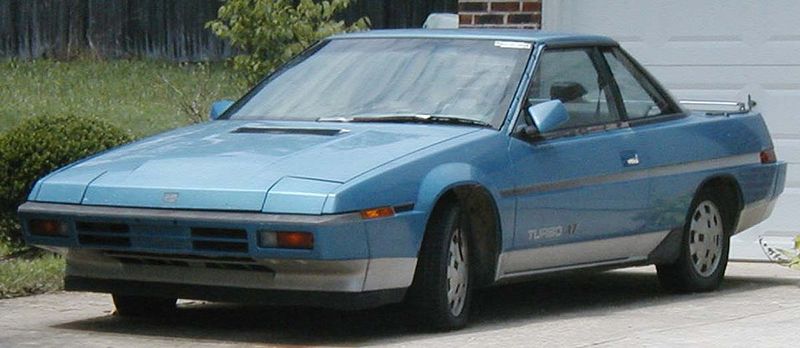
Subaru designed the XT like a fighter jet that forgot how to fly. The dashboard featured airplane-style switches, a digital instrument cluster, and a steering wheel that looked borrowed from a spaceship.
Its radical wedge shape divided opinions sharply – some loved the boldness, others thought it looked bizarre. Sales never took off, and Subaru eventually replaced it with more conventional designs that didn’t scare away mainstream buyers.
13. Lotus Elite (Type 75/83) (1974–1982) – Fiberglass Shooting-Brake GT
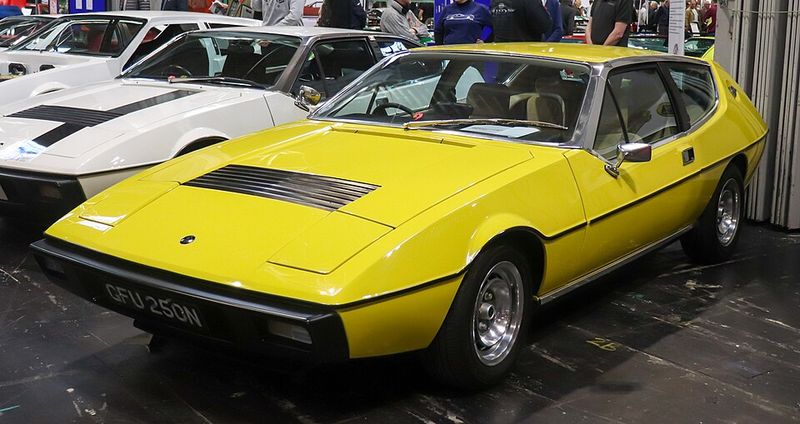
Lotus wanted to prove they could build a proper luxury GT, not just lightweight track toys. The Elite featured a fiberglass body, four seats, and handling that reminded everyone that Colin Chapman still knew how to make magic happen.
Unfortunately, quality control issues and sky-high prices kept buyers away. The Elite remained a niche product, overshadowed by more reliable competitors and eventually discontinued when Lotus refocused on what they did best.


